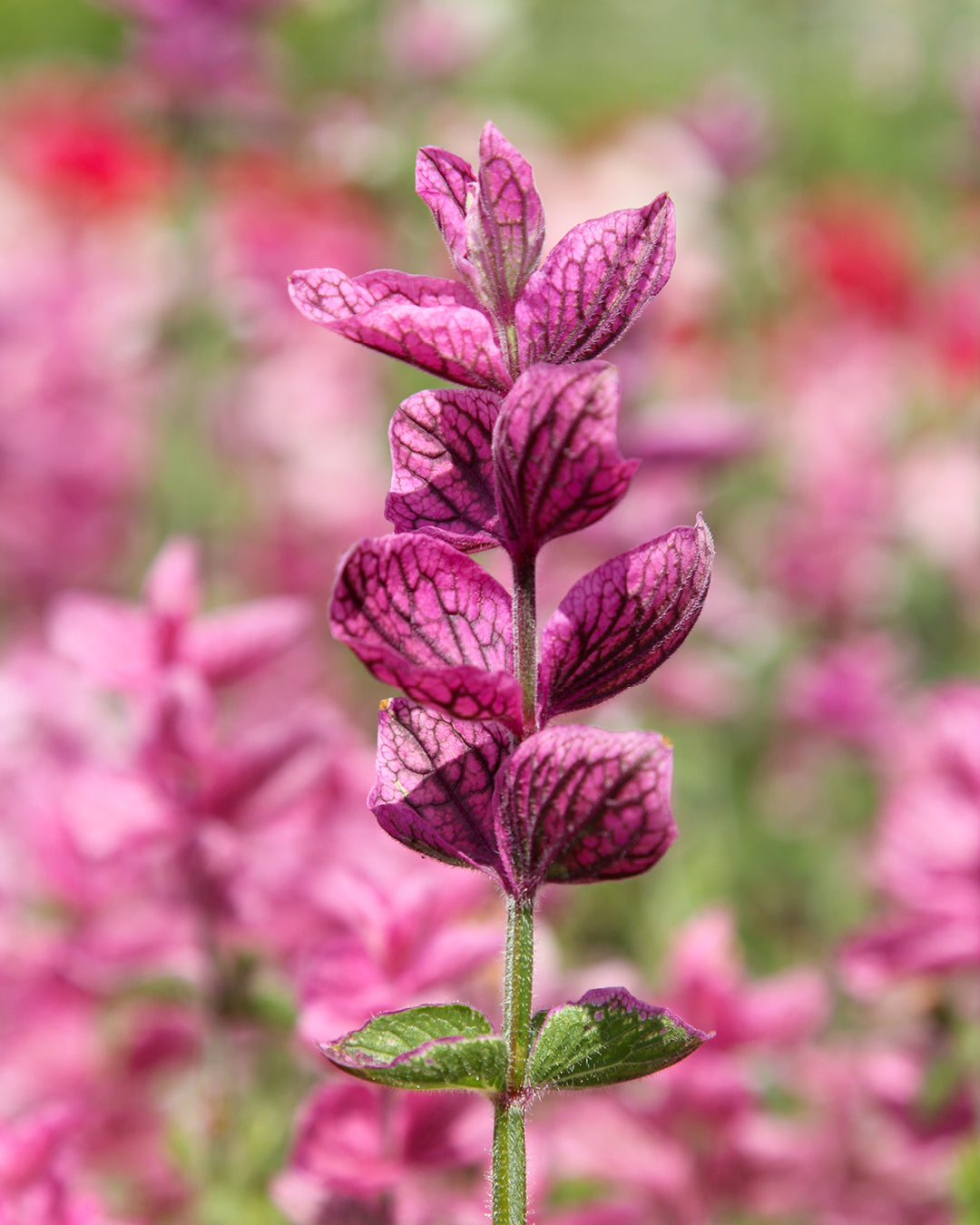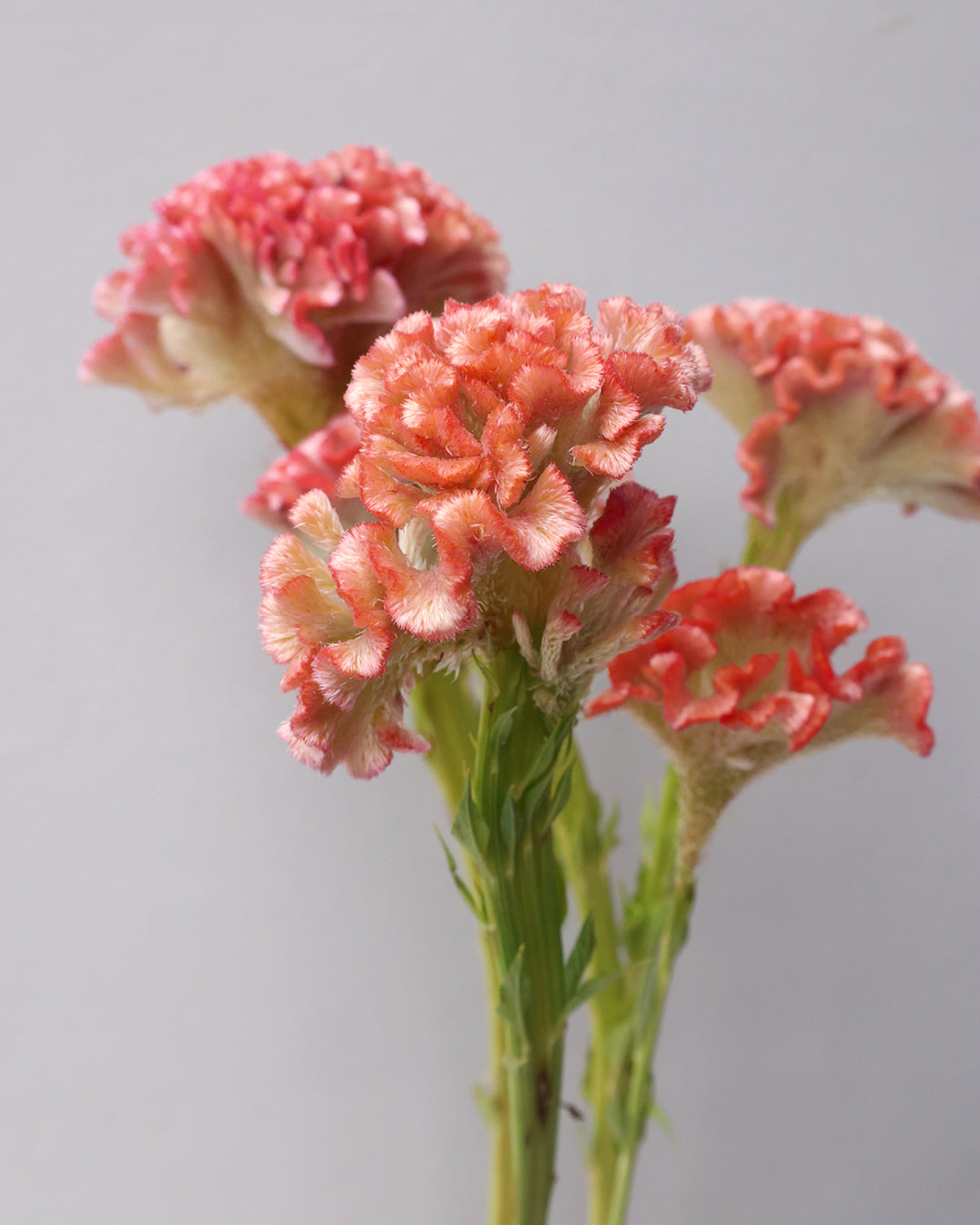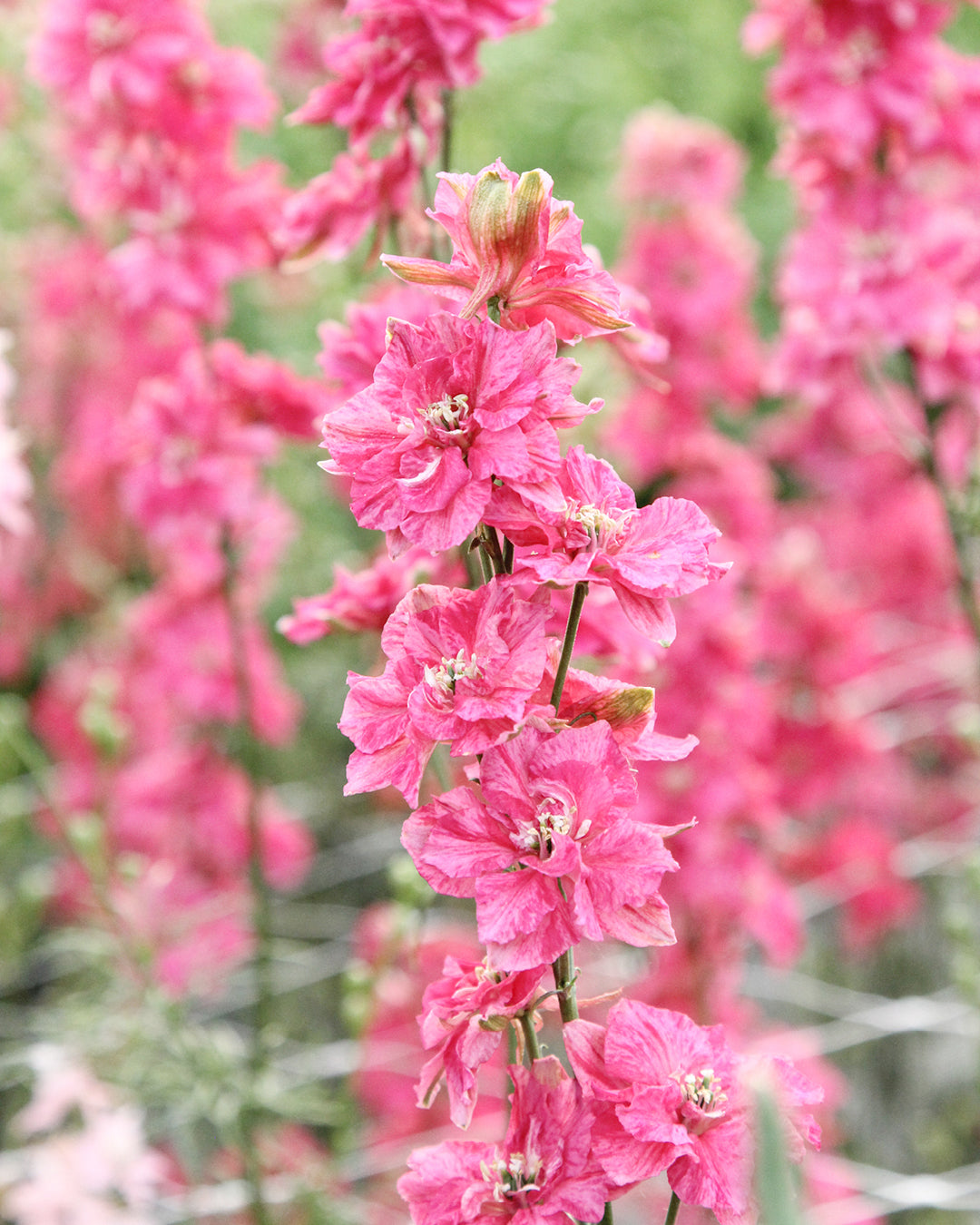Large perennials: impressive and easy to care for
There are perennials whose beauty makes you want to kneel down – if only to be able to admire them properly. And there are specimens that simply leave you rooted to the spot and in awe: No one can resist the overwhelming splendor of man-sized perennial sunflowers (Helianthus), sneezeweeds (Helenium), ornamental grasses, asters, and other large perennials. One person who should know is Erich Luer, owner of the Röttger perennial nursery.
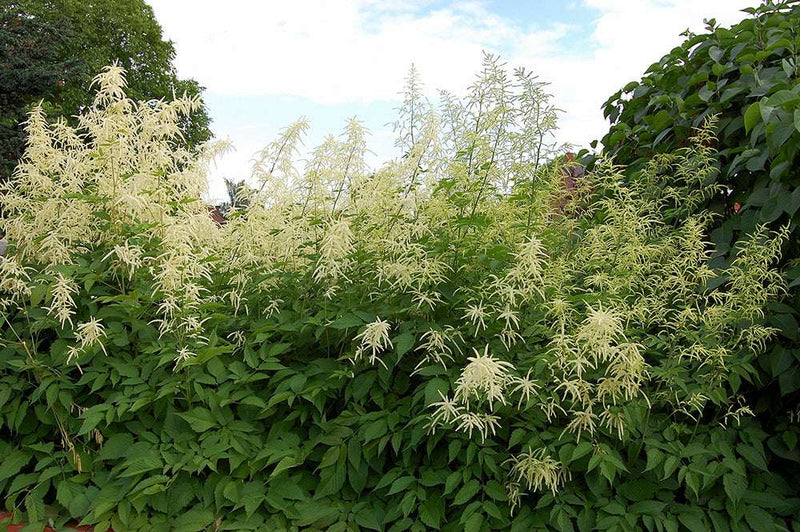
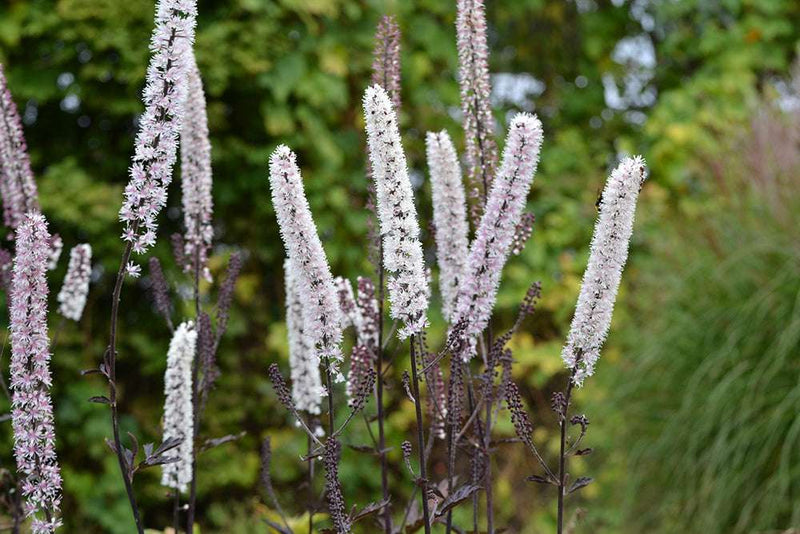
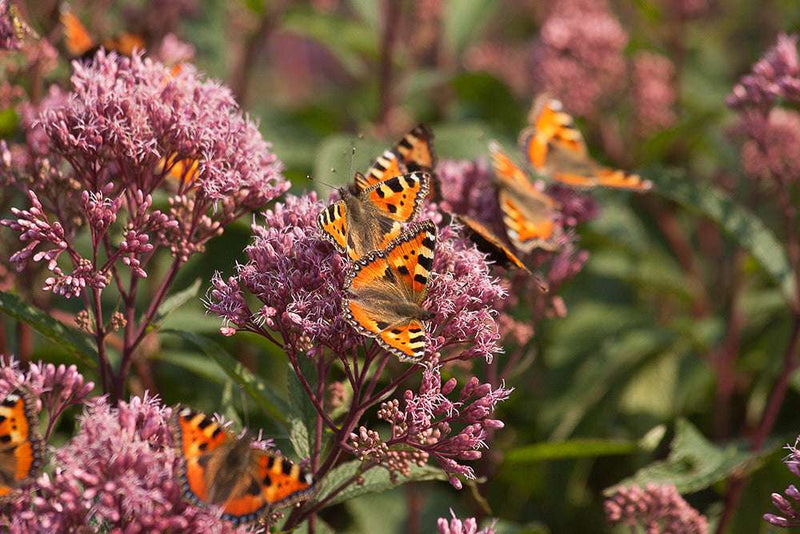
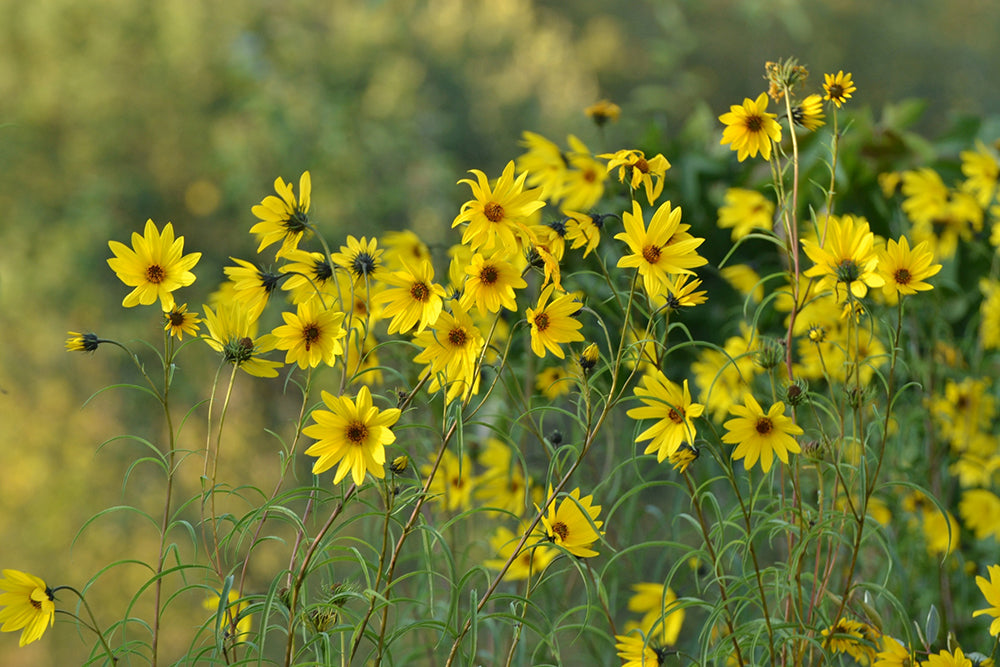
Garden of Horizons
At his 8,000-square-meter showground northwest of Hamburg—the "Garden of Horizons"—he repeatedly observes how impressed and fascinated visitors are by the radiance and presence of the impressive floral beauties and ornamental foliage perennials. "Large perennials are generally as robust as they are long-lasting, and you literally experience the flowers at eye level. They're also perfect for people who can't, or no longer can, invest much time in caring for them," the perennial gardener summarizes.
Easy-care perennials
Especially for people who have lovingly tended and cared for their garden for decades, it's a bitter moment when they realize that the gardening is gradually becoming too much for them. But should that be the reason for giving up on the garden? "If you can no longer manage gardening on your own, or generally have little time, you should plant larger areas with relatively few, but voluminous perennials. This reduces and simplifies maintenance. This makes it easier for someone else to take over the annual spring pruning, for example, whether that's a friend or relative or a hired gardener," explains Erich Luer.
Well planned
Well-planned combinations benefit from the similar growth vigor of the plants involved – since all are equally assertive, there's little danger of mutual displacement. "What you have to keep in mind, however, is that most large perennials need a certain amount of time to establish themselves. Therefore, you should plant some shorter-lived species such as Monarda or Agastache in between for the transitional phase," recommends the perennial expert.
The best time to plant large perennials is spring. This way, you can enjoy the first blossoms, attractive leaf structures, or delicate stalks that same year. Since large perennials also need to develop throughout the year, such plantings usually reach their peak in August/September. "Their striking leaf and flower structures still have a lot to offer in winter – and bees, bumblebees, and other insects are grateful for the abundant food supply, because midsummer and autumn are a much-neglected aspect of many gardens," laments Erich Luer. Practical: Thanks to the huge selection of bulbous flowers, large perennial borders are green and blooming even in spring and early summer – offering variety and requiring little maintenance.
Shadow giants and area wonders
There are also many large perennials that can create beautiful effects in partially sunny to shady gardens. Among the favorites of Erich Luer, owner of the Röttger perennial nursery in Holm near Hamburg, are the Rodgersia (Rodgersia). With their striking leaves, these stately plants add exciting structure to the planting – even when they are budding. Some varieties, such as 'Die Schöne' (The Beautiful), also bloom very attractively. "In summer and autumn, goat's beard (Aruncus), the bright blue and white flowers of monkshood (Aconitum), and black cohosh (Cimicifuga) with their slender flower spikes are a must." Impressive ferns, such as the Dryopteris affinis, and ornamental grasses such as the woodland hair grass (Deschampsia) complement the variety of forms. "It's best to combine large perennials for shade with early bloomers like the wood anemone (Anemone nemorosa) and beautiful ground covers like the uncomplicated and robust epimedium. The vigorous and evergreen variety 'Frohnleiten,' for example, looks good year-round and thrives in both shade and sunny, dry spots."

